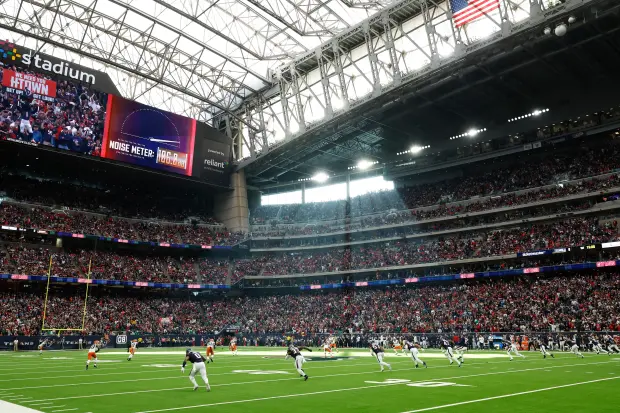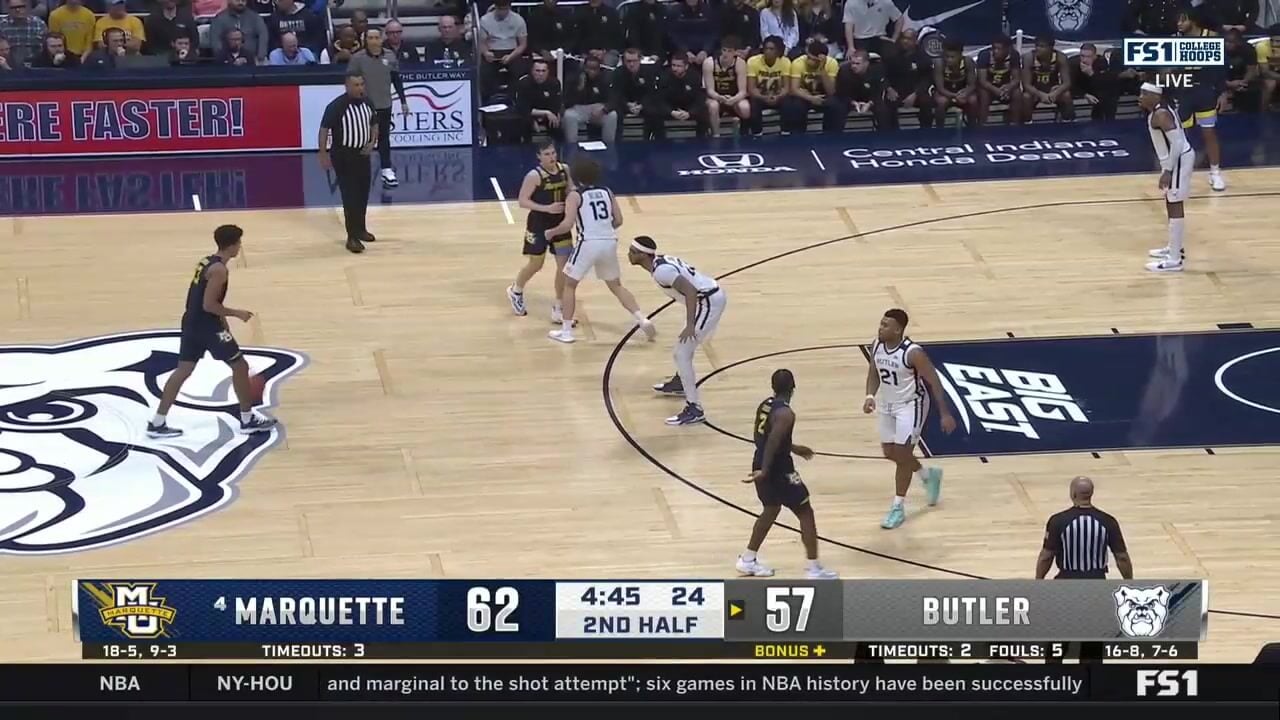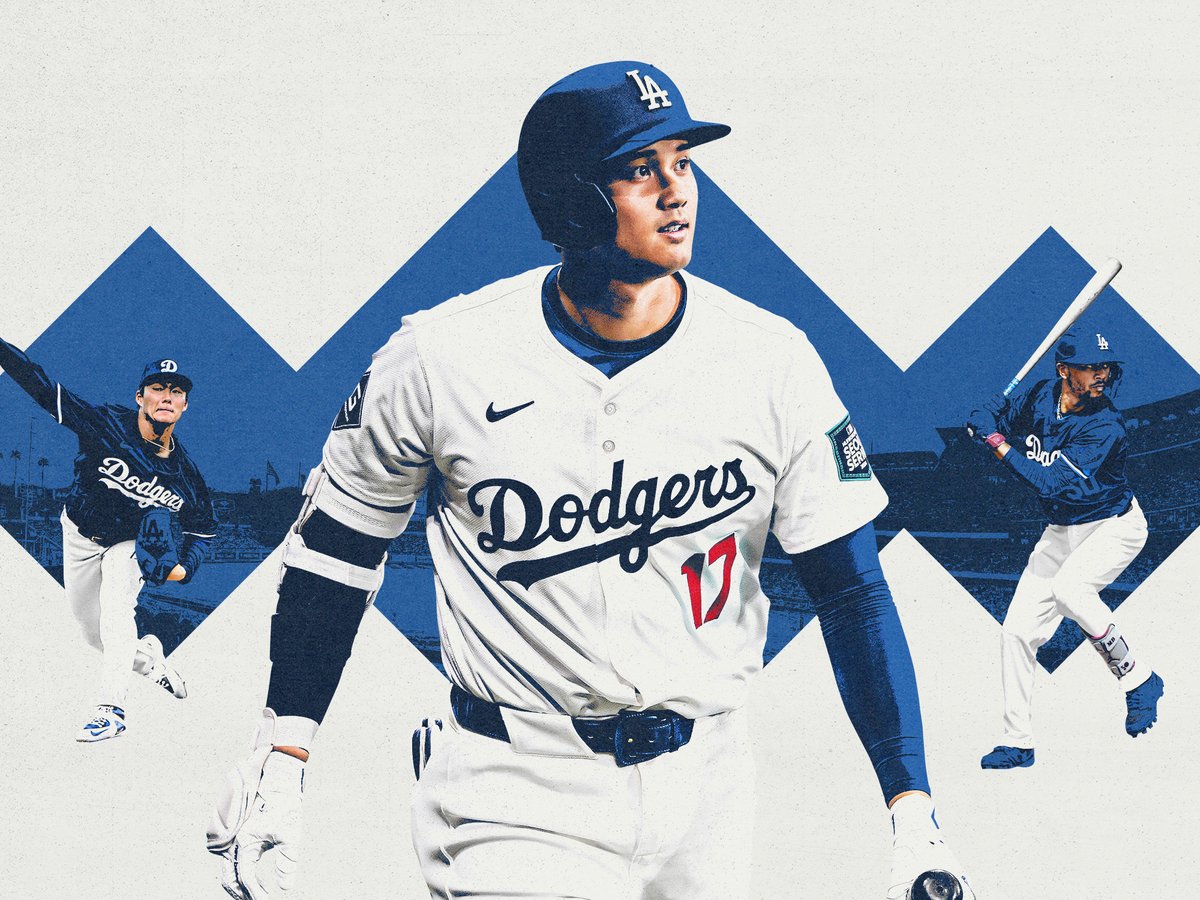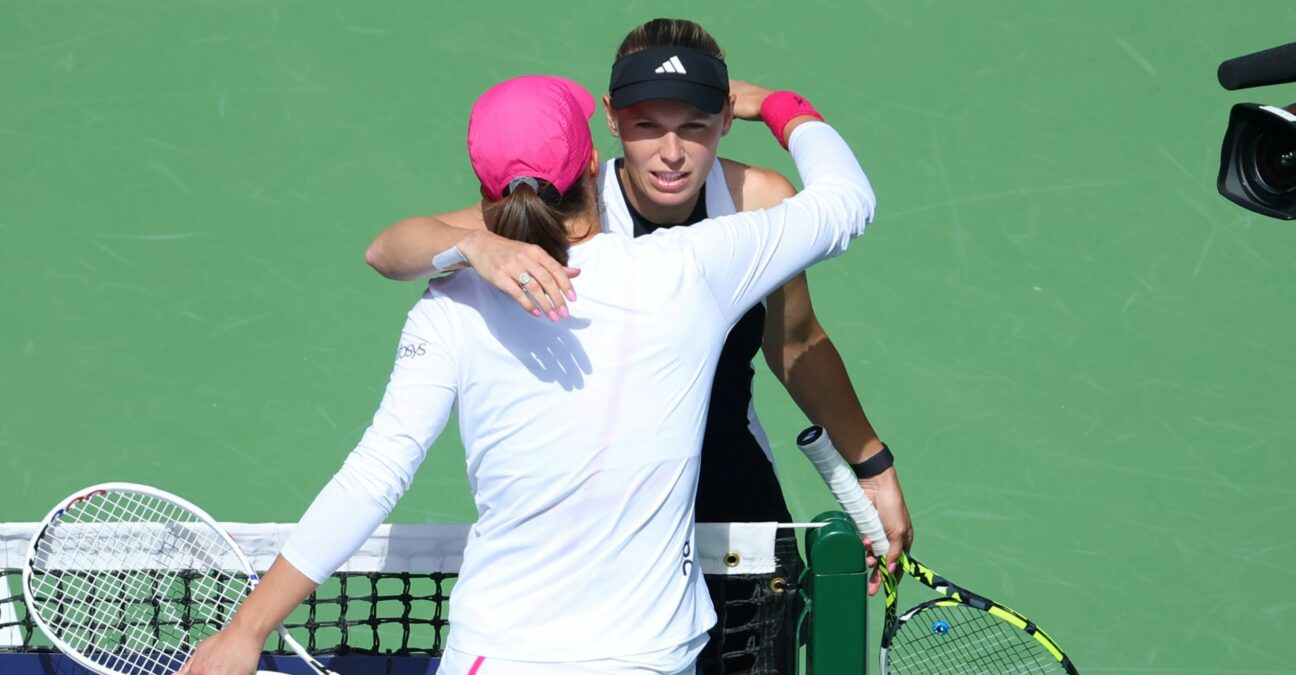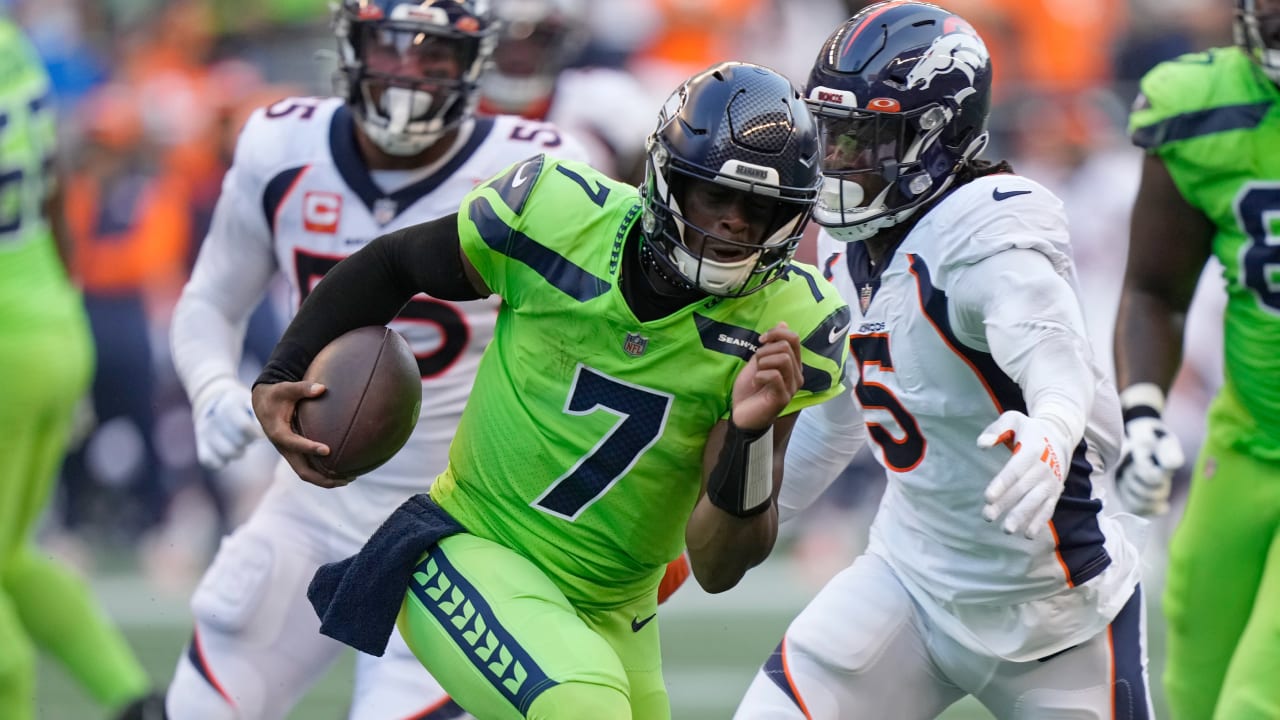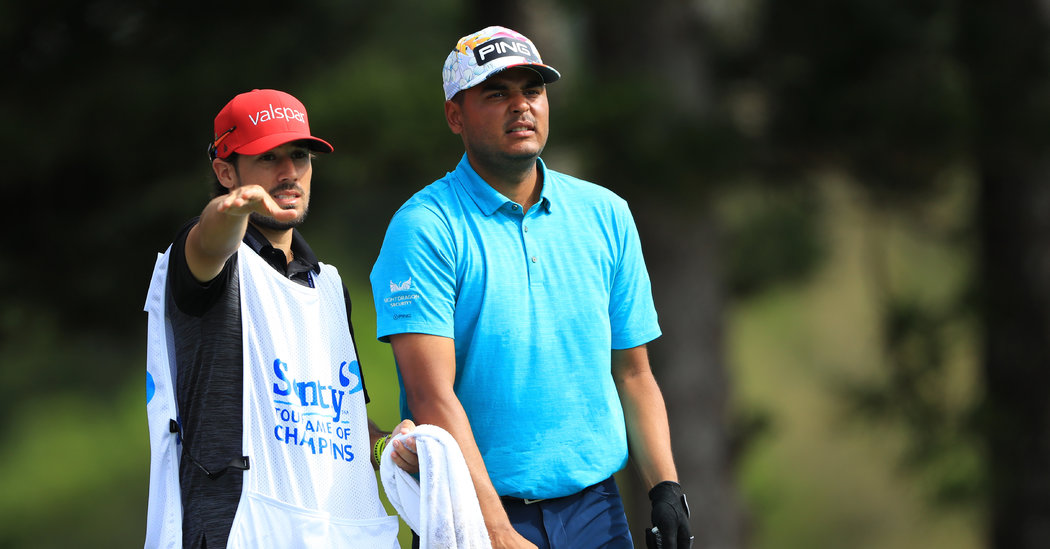
Caddies Push for a Share of Sponsorship Money
Top professional golfers can make considerably more from endorsements than they ever could on the course.
Take Justin Rose, the British golfer who is ranked ninth in the world. He won more than $4 million last season. Yet Morgan Stanley paid him $5 million to wear its name on his hat, while his golf shirt has logos from Mastercard on his collar and Bonobos, the clothing company, and the Zurich Insurance Group on each sleeve.
Until now, only a few caddies with wider name recognition, or at least easily remembered nicknames like Fluff (Cowan) and Bones (Mackay), have benefited financially from their on-camera presence. Most caddies have had to make do with free clothing, if they’re lucky, receiving none of the endorsement deals that go to even low-ranked players.
Of course the caddies are not the ones swinging the clubs. But if some portion of a player’s advertisement value is tied to how much time he is on camera, then the person standing next to the endorsement-clad golfer would logically have some value.
Starting this season, that value will be acknowledged on the European Tour. Caddies will be paid, through the caddie association, to have a logo on items associated with their trade, like a hat, bag strap, towel, even yardage books. As it stands now, a player pays the caddie a weekly fee, mostly to cover expenses, and a percentage of his earnings, which could be as high as 10 percent for a win.
The new agreement is meant to help all caddies, particularly those carrying bags for lesser-known players, because those players make fewer cuts and their caddies struggle without the percentage.
“This is not for the guy who caddies for the seventh-ranked player in the world, since he does very nicely,” said Sean Russell, the chairman of the European Tour Caddies Association and a professional caddie. “This is for the guy who caddies for the 157th-ranked player. If you do the math, that caddie probably earned 12,000 euros (about $13,000) in bonus payments over the fixed fee for the week that covers expenses. If you’re earning a 12,000-euro bonus you’d be better off stacking shelves.”
The caddies’ association, which represents about 130 caddies, worked with the European Tour to create guidelines for sponsorship. The goal was to give caddies, who work as independent contractors for their players, not for the tour itself, an additional source of income.
“The crucial way to earn more money is to exploit our presence, since we’re very visible,” Russell said. “Caddies have thousands and thousands of followers on Twitter. Before social media, we were unknown. Now people know who we are.”
Sponsors who have signed up include Maui Jim, a sunglasses company, and Sport Mobile, a phone service aimed at professional athletes. Neither the association nor Rocket Yard Sports, the agency that brokered the deals, is divulging details of the agreements or saying when more sponsors will be announced.
For the caddies, any secure income is welcomed.
“This whole sponsorship is a help to us to make a living,” said Oliver Briggs, who has caddied for six years and works for Nicolai Hojgaard, a young Danish player. “Only when you get in with someone who’s keeping their tour card, only then do you start making enough money to replicate a good job at home. It took me four years to get to that point.”
Briggs said that in addition to wearing branded gear on the course, the caddies are going to use their social media presence to promote their sponsors.
“We’re going to be doing a lot of videos on our own as the caddie association and promoting the sponsors through social media,” he said.
There is a precedent for this type of sponsorship. Caddies on the PGA Tour won the right to sponsorship money after about 80 caddies sued the tour in 2015 seeking $50 million a year in sponsorship dollars. Lawyers for the caddies argued that they were being unjustly exploited by being forced to wear bibs bearing the tournament’s sponsor without being compensated.
While the caddies ultimately lost their suit, the legal battle opened the possibility for caddie sponsorships.
Since the 2015 season, Valspar, a paint company owned by Sherwin-Williams, has been sponsoring the Caddie Hat Program on the PGA Tour; caddies can earn money by wearing hats with the company’s logo.
They receive points in the yearlong competition for a share of a $500,000 pot, mostly based on how often a caddie wears a Valspar hat and if his player does well on the weekend.
Martijn van Eerde, the director of marketing for Europe for Maui Jim, said educating people on eye protection was a long-term goal and that sponsorship was part of that. “We’re hoping the caddies can get our message across to a younger demographic,” he said.
Briggs said the sponsorship program was a model for what caddies on the European Tour were trying to do. The association will most likely divide the sponsorship revenues evenly among the caddies, with the expectation that each earns about an extra 1,000 pounds a year.
“It’s not very much, but it’s something,” Russell said.
On the European Tour, which goes far beyond Europe, into Africa, the Middle East, Asia and Australia, political and cultural sensitivities have been a concern in negotiations with corporate sponsors.
Alcohol and gambling sponsors would not work in the Middle East. But Russell said the caddies would also be aware of tournament sponsors. “We’ve said we won’t turn up at a Rolex event wearing Omega hats or at a BMW event wearing Ford hats,” he said. “We don’t want to go against the existing tour sponsors. That’s in nobody’s best interest.”
The association is banking on the fan watching at home who is an average golfer and can relate to the caddies. “People can’t relate to the Henrik Stensons and Ian Poulters of the world — they know they can’t do what they do,” Russell said of the European Tour players. “But we’re much more relatable. The guys next to the superstars look like you or me.”

